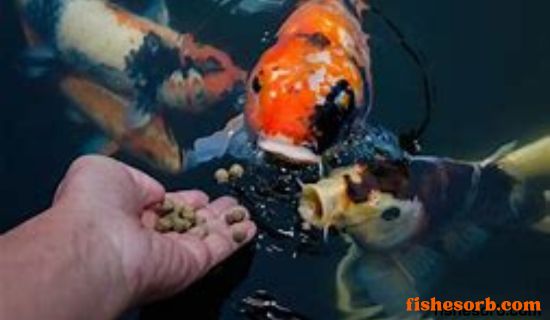Introduction
Fishkeeping is a rewarding hobby, but one that comes with its share of responsibilities. Among these, choosing the right fish food is paramount. Just as humans require a balanced diet for optimal health, so do our aquatic companions. In this guide, we will explore the importance of selecting the right fish food and delve into the factors that should guide your choice.
The Role of Proper Nutrition
The health and well-being of your fish depend largely on their diet. Proper nutrition is the cornerstone of a thriving aquarium ecosystem. When fish receive the nutrients they need, they exhibit vibrant colors, strong immune systems, and increased longevity. However, selecting the right fish food can be a daunting task, considering the diverse needs of different fish species.
This guide will help you navigate the world of fish food and empower you to make informed choices for your aquatic friends.
Understanding Your Fish’s Dietary Needs
Fish come in a stunning array of species, each with its own unique dietary requirements. Understanding your specific fish species’ nutritional needs is essential to ensure they thrive in your care.
Herbivorous, Omnivorous, and Carnivorous Diets
Fish can be broadly categorized into herbivores, omnivores, and carnivores, each with distinct dietary preferences. Knowing where your fish falls on this spectrum is crucial. Herbivores primarily consume plant matter, omnivores have a balanced diet of both plant and animal-based foods, while carnivores rely mainly on other aquatic creatures for sustenance.
Types of Fish Food
Fish food comes in various forms, each with its own advantages and disadvantages. Let’s explore the options:
1. Dry Fish Food (Flakes and Pellets)
Dry fish food, such as flakes and pellets, is convenient and often the most readily available option. They come in various sizes and formulas tailored to different fish species.
2. Frozen Fish Food
Frozen foods, like brine shrimp or bloodworms, offer a high nutritional value. They are excellent for providing variety in your fish’s diet, but they require storage in a freezer.
3. Live Fish Food
Live foods, such as daphnia or brine shrimp, mimic a fish’s natural diet. However, they can carry diseases if not sourced from a reputable supplier.
4. Freeze-Dried Fish Food
Freeze-dried foods offer the benefits of live food without the risk of disease. They are shelf-stable and convenient.
Nutritional Content
High-quality fish food should contain essential nutrients to support your fish’s health. Key components include:
- Protein Content: Essential for growth and tissue repair.
- Fats and Lipids: Provide energy and support organ function.
- Vitamins and Minerals: Vital for overall health and disease resistance.
- Fiber Content: Aids in digestion and prevents constipation.

Reading Labels
Understanding fish food labels is crucial in making informed choices. Learn how to decode ingredient lists and be aware of common additives and fillers to avoid. Always check the expiration date to ensure freshness and effectiveness.
Tailoring to Your Fish’s Needs
Match your fish food to your specific fish species’ dietary requirements. Adjust feeding routines based on factors like fish size, age, and activity level to prevent overfeeding or underfeeding.
Common Mistakes to Avoid
Be mindful of common errors in selecting fish food, including overfeeding, providing incompatible food types, and neglecting dietary variety. Avoiding these mistakes will contribute to your fish’s overall well-being.
Special Considerations
Address special cases, such as fish with dietary restrictions or health issues. Explore the benefits of occasional treats or live foods for added nutrition and mental stimulation.
Storage and Handling
Learn how to store fish food properly to maintain its freshness and nutritional value. Proper handling is essential to prevent contamination that can harm your fish.
Reviews of Top Fish Food Brands
We’ve compiled brief reviews and recommendations of reputable fish food brands. We’ll outline the pros and cons of each, helping you make an educated choice for your aquatic companions.
Conclusion
In summary, selecting the right fish food is a fundamental aspect of responsible fishkeeping. Prioritizing your fish’s nutritional needs will lead to healthy, happy, and vibrant aquatic residents in your aquarium. Remember, a well-fed fish is a happy fish!
Additional Resources
For further reading and resources on fish nutrition, please refer to the following:
- Aquarium Nutrition: What Every Fish Owner Should Know
- Fish Food Comparison Chart
- The Importance of Dietary Variety for Aquarium Fish
With the knowledge gained from this guide and additional resources, you’re well-equipped to provide your fish with the best possible nutrition and care.
For more learning
Choosing the Perfect Fish Pet: A Beginner’s Guide (fishesorb.com)




Your article helped me a lot, is there any more related content? Thanks!